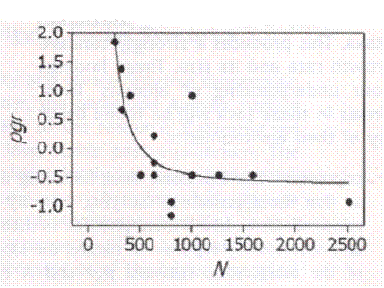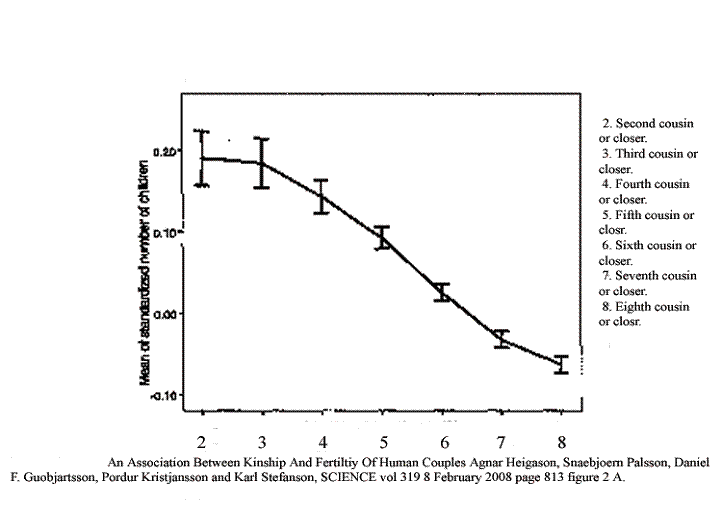
September 2, 2010
Martin A. Nowak
Program for Evolutionary Dynamics
Department of Mathematics
Department of Organismic and Evolutionary Biology
Harvard University
Cambridge, MA 02138
Dear Martin Nowak:
I was fascinated by your paper (The Evolution of Eusociality, Martin A. Nowak, Corina E. Tarnita and Edward O. Wilson NATURE vol. 466 no. 7310 August 26, 2010 page 1057) describing how classical evolution can account for the appearance of eusocial species – that is species with a queen that produces all the eggs with the rest of the population either being sterile female workers and soldiers or fertile but otherwise useless male drones.
You explain that the field had been dominated by “kin selection theory.” That is that the non reproducing members of the community were perpetuating their own genes even though they did not themselves reproduce. And you show deftly how this long standing theory falls short intellectually as well as empirically. Plain old evolution is better.
In a way I am glad. That kin selection thing always smelled more like a morality play than a scientific theory anyway.
More seriously, there is an element of eusociality that nobody seems to consider.
Darwin said speciation was “happenstance” because it didn’t do any good. He should have known better. Evolution cannot go very far without speciation. You don’t want the instincts of a wolf in a cow. Since niches are opening and closing all the time, evolution is a race and thus speciation must be moderately rapid. Let us say 1,000 generations would be a reasonable time to speciation, just to grab a number.
Now consider a critical chromosome or a piece of a chromosome. If two populations are separated for 1,000 generations, those chromosomes cannot do business together when they arrive in the same zygote; fertility crashes. But then in a population of 1,000 two sister chromosomes only get back together once every 2,000 generations. Fertility must crash there as well.
There is empirical evidence to support this.

This graph is from On the Regulation of Populations of Mammals, Birds, Fish, and Insects. Richard M. Sibly, Daniel Barker, Michael C. Denham, Jim Hone, Mark Pagel SCIENCE VOL 309 22 JULY 2005 page 609 figure 1. The vertical axis is the population growth rate. The horizontal axis is the population size as estimated from population density. This is one of more than a thousand species analyzed, typically with the same shape of curve. They point out that growth rate should be very low at low population sizes because inbreeding depression is well established, but they did not observe it.
As you see in this example at least, growth rate, which has to mean fertility, falls with population size. It seems not to be related to environmental factors since then there would be a fall rather than a leveling off at the highest population sizes. Sure enough, the stable population limit appears to be less than 1,000.
It’s true in humans, too.

This study was done in Iceland. Take a mate with a kinship of less than about 6th cousin and you can expect less than replacement fertility. That obviously works out to a population of less than a thousand.
Perhaps the ceiling is higher in other species, maybe fire ants, but there is always going to be a ceiling. And it’s probably a lot less than 1,000,000.
So if there is an ecological niche for ants pulling together 1,000,000 strong, they simply cannot all be in the same gene pool. Limit reproduction to a queen, though, and things work out just fine.
The weight of the evidence is that a population does not wait for speciation effects to occur, but limits population size by other means within a very few generations. If you want more evidence, I hoard it up at nobabies.net along with my correspondence and other related material.
So the notion that everything is driven by each individual trying to maximize offspring is naïve. For one thing, if you get too many in the same place the population collapses. I thought you might be interested.
Sincerely,
M. Linton Herbert MD
There have been 5,545 visitors counted so far.